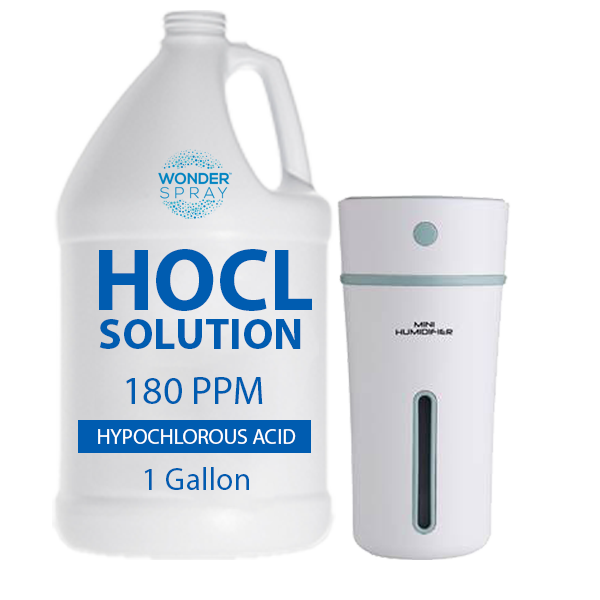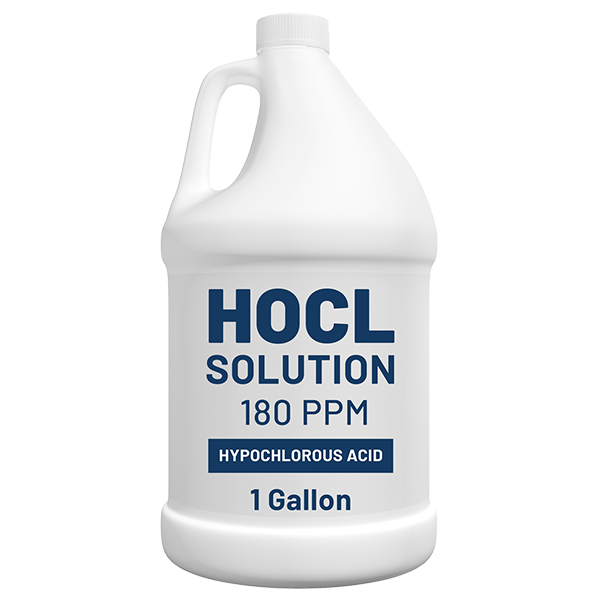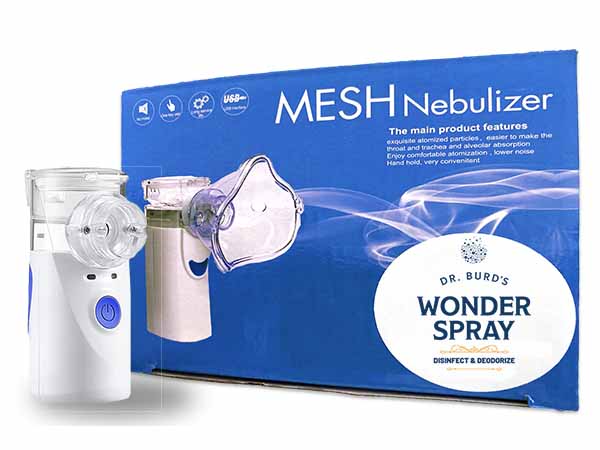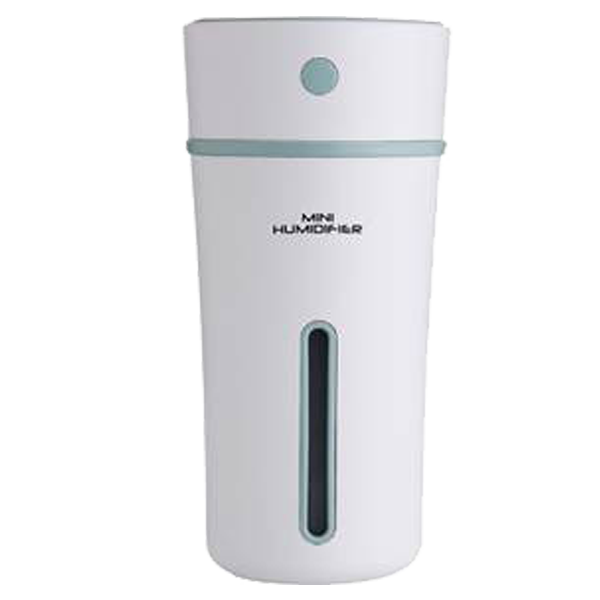Light Emitting Diodes (LEDs), “semiconductors that emit light when zapped with [positive polarity] electricity,”[1] are on the verge of taking over the commercial and consumer sectors of the lighting industry. With greater efficiency, longer useful lives, and their “clean” nature, LEDs are the future of light, pushing traditional incandescent and fluorescent bulbs toward extinction. Only the higher production costs for LEDs has extended the existence of traditional bulbs.
History
When viewing the history of traditional bulbs, the higher costs associated with producing LEDs is not an insurmountable hurdle to overcome. The incandescent bulb lingered for about 70 years before supplanting “candles, oil lanterns, and gas lamps” as the main source of lighting.[2] When the first crude incandescent bulb was created in 1809 by Humphrey Davy, an English chemist, using two charcoal strips to produce light, it remained impractical. Later when the first true incandescent bulb was created by Warren De la Rue in 1820, utilizing a platinum filament to produce light, it was too expensive for commercial use. Only when Thomas Edison created an incandescent bulb utilizing a carbonized filament within a vacuum in 1879, did the incandescent bulb become practical and affordable for consumer use.
Although considered relatively novel, the concept for LEDs first arose in 1907 when Henry Joseph Round used a piece of Silicone Carbide (SiC) to emit a dim, yellow light. This was followed by experiments conducted by Bernhard Gudden and Robert Wichard Pohl in Germany during the late 1920s, in which they used “phosphor materials made from Zinc Sulphide (ZnS) [treated] with Copper (Cu)” to produce dim light.[3] However, during this time, a major obstacle existed, in that many of these early LEDs could not function efficiently at room temperature. Instead, they needed to be submerged in liquid nitrogen (N) for optimal performance.
This led to British and American experiments in the 1950s that used Gallium Arsenide (GaAs) as a substitute for Zinc Sulphide (ZnS) and the creation of an LED that produced invisible, infrared light at room temperature. These LEDs immediately found use in photoelectric, sensing applications. The first “visible spectrum” LED, producing “red” light was created in 1962 by Nick Holonyak, Jr. (b. 1928) of the General Electric Company who used Gallium Arsenide Phosphide (GaAsP) in place of Gallium Arsenide (GaAs). Once in existence, they were quickly adopted for use as indicator lights.
Before long these red LEDs were producing brighter light and even orange-colored electroluminescence when Gallium Phosphide (GaP) substrates were used. By the mid 1970s, Gallium Phoshide (GaP) itself along with dual Gallium Phosphide (GaP) substrates were being used to produce red, green, and yellow light. This ushered in the trend “towards [LED use in] more practical applications” such as calculators, digital watches and test equipment, since these expanded colors addressed the fact that “the human eye is most responsive to yellow-green light.”[4]
However, rapid growth in the LED industry did not begin until the 1980s when Gallium Aluminium Arsenides (GaAIAs) were developed, providing “superbright” LEDs (10x brighter than LEDs in use at the time) – “first in red, then yellow and… green,” which also required less voltage providing energy savings. [5] This led to the concept of the first LED flashlight, in 1984.
Then in parallel with emerging laser diode technology, which focused on maximizing light output, the first “ultrabright” LEDs were created in the early 1990s through the use of Indium Gallium Aluminium Phosphide (InGaAIP) led in part by Toshiba’s creation of an LED that “reflected 90% or more of the generated light…” In addition, during this same period, it was discovered that different colors, including “white” (although a “true” white light was only recently produced through the use of an organic LED (OLED) by Cambridge Display Technology, in the U.K.) could be produced through “adjustments in the size of the energy band gap” when Indium Gallium Aluminium Phosphide (InGaAIP) was used, much in part because of the work of Shuji Nakamura of Nichia Corporation, who developed the world’s first blue LED in 1993.[6] Today, this technology is used to produce LEDs that even emit “exotic colors” such as pink, purple and aqua as well as “genuine ultra-violet ‘black’ light.[7]
A critical milestone was reached in 1997 when it became cost effective to produce “high brightness” LEDs in which the intensity (benefits) exceeded the associated costs to produce it.
In conjunction with this milestone, newer technology is emerging that will likely reduce costs even further (and improve lighting) – the introduction of quantum dots or microscopic crystals ([8]
Advantages
The advantages of adopting LEDs to provide sole source lighting for every application are significant. LEDs emit virtually no heat (wasted energy) and are “in fact… cool to the touch” unlike incandescent light bulbs. They are also more durable (encased in a hardened shell and resistant to vibration and shocks) than and last up to 50 times longer than traditional incandescent and fluorescent bulbs ( some can be used for up to 10 years), and they “use a greater proportion of the electricity flowing through them” translating into “savings for consumers.” [9] According to the U.S. Department of Energy, “widespread adoption of LEDs could cut U.S. consumption of electricity for lighting by 29%”[10] since they require less energy to function and by their nature, reduce the amount of air conditioning needed to keep areas cool and comfortable.
The shape of LEDs also provides lighting benefits when compared to that of traditional bulbs. Unlike incandescent and fluorescent bulbs, LEDs do not require the use of an external reflector to collect and direct their light. In addition, “LEDs light up very quickly… achiev[ing] full brightness in approximately 0.01 seconds – 10 times faster than” traditional bulbs.[11]
LEDs also produce no ultra-violet output, which can damage fabrics, unlike traditional bulbs; they are light-weight, ecologically friendly, and can produce different colors (without the use of color filters) based on the amount of power provided to each primary color ensuring that electricity is not wasted. The Massachusetts Institute of Technology (Nano Structures Lab) is presently conducting research that could lead to the creation of an LED “where both color and intensity (brightness) can be set electronically.”[12]
Uses and the Future
As LEDs gain a greater portion of the lighting market, they are currently used in a variety of devices and applications ranging from traffic control devices (e.g. traffic lights, which include the single signal device that changes colors from green to yellow to red), barricade lights, hazard signs, message displays (e.g. Times Square, New York, commodities and news message boards, scoreboards), cellphones, televisions, large video screens used at sporting and other outdoor events (e.g. Miami Dolphins end-zone screen), calculators, digital clocks and watches, flashlights (including models for which 60 seconds of manual winding provides one-hour of light, eliminating the need to stockpile fresh batteries for emergencies), Christmas lights, airport runway lights, buoy lights, and automotive applications (e.g. indicator lights as well as head lights and signal lights in some vehicles; driver’s of the new 2006 Ford Mustang can even change the color (125 different varieties) of their “LED-laden dashboard by using the ‘MyColor’ feature”[13]).
In fact the automotive industry plans to replace all bulbs with LEDs by 2010, while efforts are currently underway to replace all traffic signals with LED devices. At the same time, plans are in place to eventually use LEDs to light streets as well as much of the Third World and other areas “with no means of electricity” since “solar charged batteries” can power LEDs for the duration of each night. [14]
In addition, “Phillips Electronics is developing remote-controlled LED room lighting [while] Boeing Corp. plans to use LED’s throughout the interior of its new 787 Dreamliner commercial jet.”[15]
With the promise that LEDs hold, it is likely that someday they will provide illumination for houses and offices, X-Ray capabilities for the medical field, power computer monitors, as well as an assortment of other devices and applications. The possibilities are endless. However, before LEDs can supplant the traditional bulb, “designers and advocates of the technology must overcome… the usual obstacles to mainstream market adoption: Industry-accepted standards must be developed and costs must be reduced.”[16] Currently costs are coming down and some companies are moving towards these industry standards (e.g. Phillips Electronics is working on LED bulbs that can screw into existing light sockets, while besthomeledlighting.com already offers LED screwable bulbs — one consisting of 70 LEDS that emits a “warm white color similar to the light from an incandescent bulb”[17] using only 3 Watts of energy and another LED bulb that actually changes colors when lit). With these efforts along with the adoption, exploitation, and production of LED technology by growing numbers of companies, it is inevitable that LEDs will become the sole source of lighting rendering traditional incandescent and fluorescent bulbs extinct. In short, LEDs are the light of the future, a light that will benefit not only consumers but also industry and the Earth in general.
__________________________________________________________________________
[1]Evan Ramstad and Kathryn Kranshold. Changing the Light Bulb. The Wall Street Journal. June 8, 2006. B1.
[2]The History of the Light Bulb. 9 June 2006. http://invsee.asu.edu/Modules/lightbulb/meathist.htm
[3]A brief history of the Light Emitting Diode (LED). Wavicle Ltd. 2002-2006. 9 June 2006. http://www.wavicle.biz/led_history.html
[4]The History of LED Technology. Marktech Optoelectronics. 2006. 8 June 2006. [http://www.marktechopto.com/Engineering%20Services/leds-drivers-displays-driver-technical-]
articles-detailed/leds-drivers-displays-driver-technical-articles-history.cfm
[5]A brief history of the Light Emitting Diode (LED). Wavicle Ltd. 2002-2006. 9 June 2006. http://www.wavicle.biz/led_history.html
[6]The History of LED Technology. Marktech Optoelectronics. 2006. 8 June 2006. [http://www.marktechopto.com/Engineering%20Services/leds-drivers-displays-driver-technical-]
articles-detailed/leds-drivers-displays-driver-technical-articles-history.cfm
[7]A brief history of the Light Emitting Diode (LED). Wavicle Ltd. 2002-2006. 9 June 2006. http://www.wavicle.biz/led_history.html
[8] Joab Jackson. Accidental Find to Signal “Lights Out” for Incandescent Bulbs? National Geographic.com. 1 November 2005. 9 June 2006. http://news.nationalgeographic.com/news/2005/11/1101_051101_quantum_lightbulb.html
[9]Joab Jackson. Accidental Find to Signal “Lights Out” for Incandescent Bulbs? National Geographic.com. 1 November 2005. 9 June 2006. http://news.nationalgeographic.com/news/2005/11/1101_051101_quantum_lightbulb_2.html
[10]Joab Jackson. Accidental Find to Signal “Lights Out” for Incandescent Bulbs? National Geographic.com. 1 November 2005. 9 June 2006. http://news.nationalgeographic.com/news/2005/11/1101_051101_quantum_lightbulb_2.html
[11]Light-emitting diode. Wikipedia.com. 2006. 9 June 2006. http://en.wikipedia.org/wiki/LEDs
[12]A brief history of LED lighting. 9 June 2006. [http://216.239.51.104/search?q=cache:ach2mPa9iP0J:www.artisticlicence.com/]
app%2520notes/appnote022.pdf+A+Brief+History+of+LED+Lighting&hl=en&gl=us&ct=clnk&cd=3
[13]Evan Ramstad and Kathryn Kranshold. Changing the Light Bulb. The Wall Street Journal. June 8, 2006. B6.
[14]A brief history of the Light Emitting Diode (LED). Wavicle Ltd. 2002-2006. 9 June 2006. http://www.wavicle.biz/led_history.html
[15]Evan Ramstad and Kathryn Kranshold. Changing the Light Bulb. The Wall Street Journal. June 8, 2006. B6.
[16]Joe Knisley. Understanding LED Technology. EC&M. 1 April 2002. 8 June 2006. http://www.ecmweb.com/mag/electric_understanding_led_technology/
[17]70-LED Light Bulb, White Large Globe. 10 June 2006. [http://www.besthomeledlighting.com/product/G32-120-E27-70-W]
_______________________________________________________________________
Sources:
A brief history of LED lighting. 9 June 2006. [http://216.239.51.104/search?q=cache:ach2mPa9iP0J:www.artisticlicence.com/app%2520notes/appnote022.pdf]
+A+Brief+History+of+LED+Lighting&hl=en&gl=us&ct=clnk&cd=3
A brief history of the Light Emitting Diode (LED). Wavicle Ltd. 2002-2006. 9 June 2006. http://www.wavicle.biz/led_history.html
Cameron Walker. Green Christmas: Tips for an Eco-Friendly Holiday.Changing the Light Bulb. The Wall Street Journal. June 8, 2006.
Joab Jackson. Accidental Find to Signal “Lights Out” for Incandescent Bulbs? National Geographic.com. 1 November 2005. 9 June 2006. http://news.nationalgeographic.com/news/2005/11/1101_051101_quantum_lightbulb.html
Joe Knisley. Understanding LED Technology. EC&M. 1 April 2002. 8 June 2006. http://www.ecmweb.com/mag/electric_understanding_led_technology/
LED Light Bulbs. 10 June 2006. http://www.besthomeledlighting.com/all_led_bulbs?gclid=CNmA2KKDvYUCFT1qGgodRQN7qA
Light-emitting diode. Wikipedia.com. 2006. 9 June 2006. http://en.wikipedia.org/wiki/LEDs
Mary Bellis. The Inventions of Thomas Edison. About, Inc. A Part of The New York Times Company. 2006. 9 June 2006. http://inventors.about.com/library/inventors/bledison.htm
The History of LED Technology. Marktech Optoelectronics. 2006. 8 June 2006. [http://www.marktechopto.com/Engineering%20Services/leds-drivers-displays-driver-]
technical-articles-detailed/leds-drivers-displays-driver-technical-articles-history.cfm
The History of the Light Bulb. 9 June 2006. http://invsee.asu.edu/Modules/lightbulb/meathist.htm










